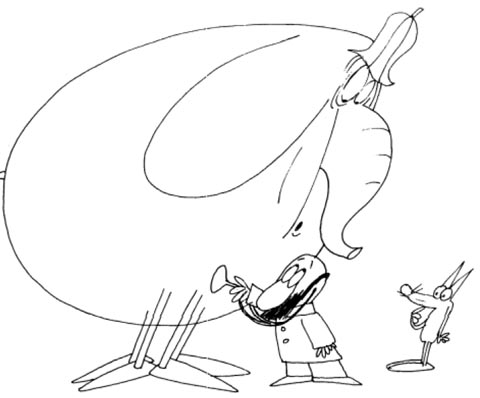Miró, Matisse, Picasso, and...Woody Woodpecker?
The post Must-See Los Angeles Art Show: ‘Woody Woodpecker & The Avant-Garde’ appeared first on Cartoon Brew.
Add a Comment
Miró, Matisse, Picasso, and...Woody Woodpecker?
The post Must-See Los Angeles Art Show: ‘Woody Woodpecker & The Avant-Garde’ appeared first on Cartoon Brew.
Add a Comment

Cartoon women are inherently difficult subjects for the animator for the reason that animation demands caricature and comedy, which are concepts inconsistent with femininity, grace and sensuality. The result is that when animators create female leads, they tend to de-emphasize cartoon qualities and accentuate realistic mannerisms and behaviors.
There was a brief moment in animation history when funny and sexy female characters were encouraged though, and that era coincided roughly with World War II. Some historians, like John Costello, have argued that the war represented the true beginnings of the sexual revolution in the United States. During the early-1940s, sexual imagery gained new visibility and cultural acceptance. Young soldiers lusted after Betty Grable and Rita Hayworth pin-ups, while reading Milton Caniff’s comic Male Call and decorating their bombers with provocative nose art. Within this liberal environment, Hollywood directors and animators took advantage of the opportunity to explore creative new ways of portraying the female character in animation.

A handful of animators, notably Pat Matthews, Preston Blair, Rod Scribner, Fred Moore, and Milt Kahl, became known for their ability to handle women characters that were true cartoon creations. Still, there were limited opportunities to animate such characters, and it wasn’t uncommon for animators to use male characters in drag as a substitute for the female, such as Daffy Duck’s striptease in The Wise Quacking Duck (1943), animated by Art Babbitt.
The sexy cartoon female occasionally appeared in animation after the war, but by and large, the industry began to favor a blander and less cartoon-influenced style. By the early-1960s, the average cartoon female in Hollywood animation had become so unappealing that Rocky and Bullwinkle co-creator Bill Scott quipped, “The way women are drawn in our business today, one would assume all the artists are fags.”
The following selection of animated films illustrate some of the various approaches to the animated female character during the World War II period:
“Eatin’ on the Cuff” or The Moth who Came to Dinner (Warner Bros, Bob Clampett, 1942)
Coal Black and de Sebben Dwarfs (Warner Bros, Bob Clampett 1943)
Red Hot Riding Hood (MGM, Tex Avery, 1943)
Abou Ben Boogie (Walter Lantz Prod, Shamus Culhane, 1944)
Plane Daffy (Warner Bros, Frank Tashlin, 1944)
Duck Pimples (Disney, Jack Kinney, 1945)
Who needs the Disney Company! We’ve already got the movie poster for a biopic about Walt Disney so we may as well go ahead and cast the movie. That’s what Cartoon Brew reader Ron did in the comments section yesterday. Below are his novel casting choices for the likes of Roy Disney, Ub Iwerks, Margaret Winkler, Fred Moore, Bill Tytla, Art Babbitt, Frank Thomas, Ollie Johnston and others. Share your dream cast in the comments.
Roy O. Disney :: Joel David Moore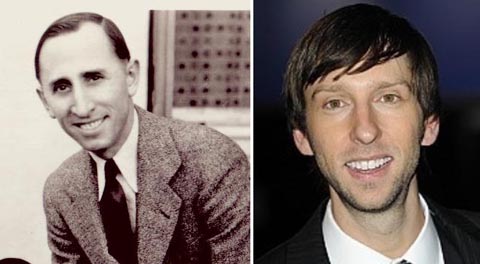
Ub Iwerks :: Tarran Killam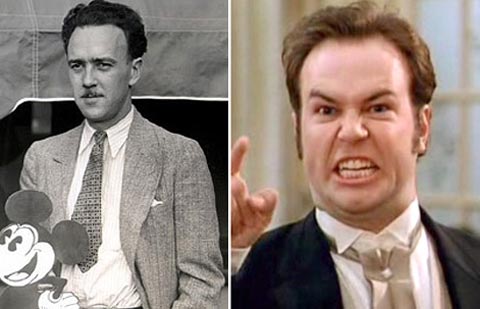
Charles Mintz :: Jeremy Piven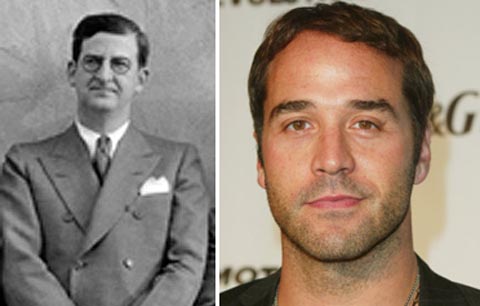
Margaret Winkler :: Samantha Morton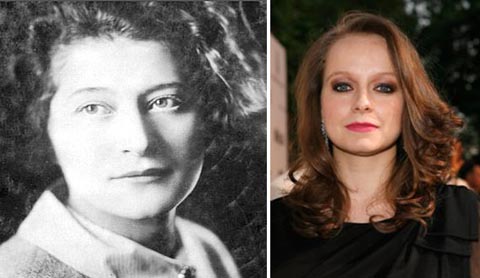
Fred Moore :: Sam Huntington
Ward Kimball :: Chris Diamantopoulos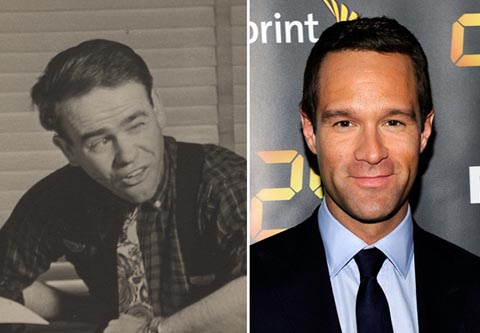
Bill Tytla :: Kevin Dillon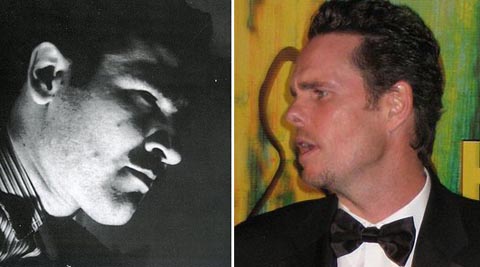
Art Babbitt :: Don Swayze (Apparently, Swayze has already committed to this non-existent film. Ron wrote in the comments, “I’ve met him in person and he looks just like a young Art Babbitt. I told him that in fact and said he should try to play Art Babbitt in a biopic. He seemed open to the idea once I explained who Art Babbitt was and his contribution to history.”)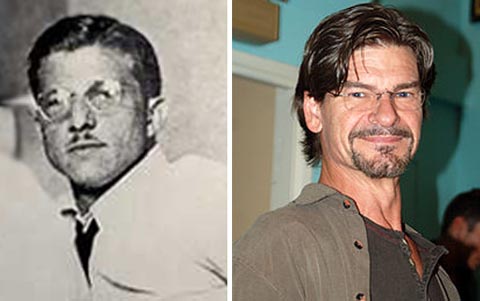
Marc Davis :: David Cross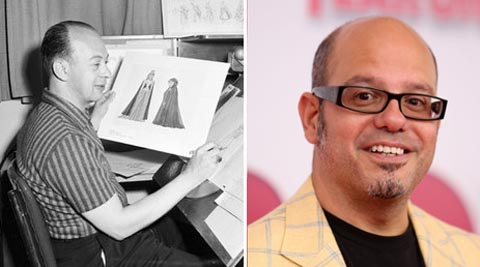
Frank Thomas and Ollie Johnston :: Jason Bateman and Jon Cryer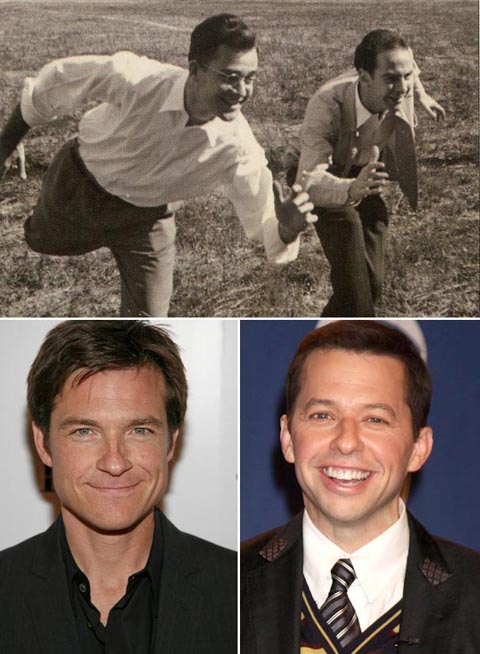
Shamus Culhane :: Kevin Connolly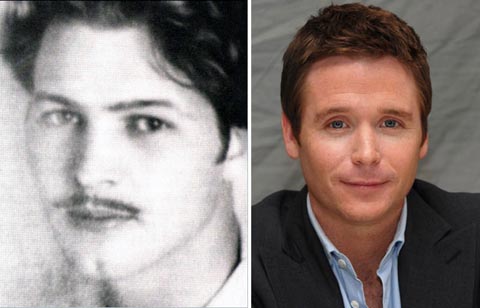
Bill Peet :: Topher Grace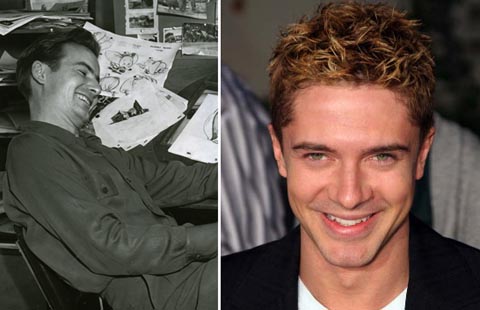
Cartoon Brew | Permalink | No comment | Post tags: Art Babbitt, Bill Peet, Bill Tytla, Charles Mintz, Frank Thomas, Fred Moore, Marc Davis, Margaret Winkler, Ollie Johnston, Roy O. Disney,
Add a Comment
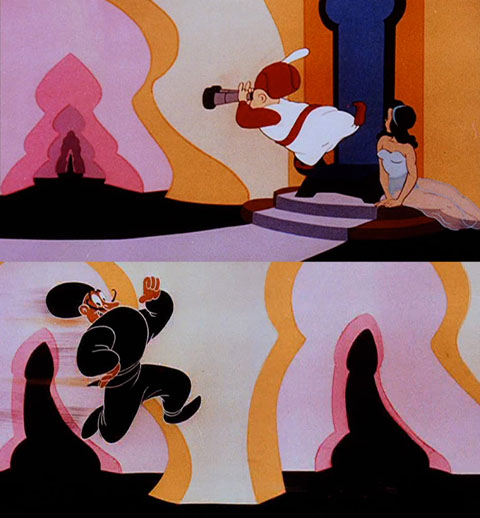
Must-read article for today: The New York Times on animator Shamus Culhane’s secret art, hidden in Walter Lantz Cartoons of the 1940s.
The article examines the theory – discussed by Tom Klein in an article in the acedemic publication Animation: An Interdisciplinary Journal – that Culhane worked experimental art into his Woody Woodpecker and Swing Symphony cartoons, produced by Walter Lantz, in the 1940s.
Be sure to click the video to see the slowed-down track Klein made of the “hidden images” in Culhane’s The Loose Nut (1945).
(Thanks to Tom Klein for the two images, above, from The Greatest Man in Siam (1944) with not-so-subtle suggested imagery, courtesy of Culhane and background designer Art Heinemann)
Cartoon Brew: Leading the Animation Conversation |
Permalink |
No comment |
Post tags: Shamus Culhane, Walter Lantz
Usually, the posts about Famous Studios are reserved for Jerry, but just this once, I have to share a Famous short. I ran across Think or Sink (1967) last night and it’s a really goofy piece of animation. Shamus Culhane, the director, proudly proclaimed years later that it was the only Famous short which ever screened in competition at Annecy. The story was written by the crazy-man of East Coast animation Jim Tyer, who according to IMDB, hadn’t written a short since 1942’s You’re a Sap, Mr. Jap (can anybody confirm that?). Tyer appears to have modeled his short after Ernie Pintoff’s Flebus, so it shouldn’t come as a surprise to note that Tyer was the primary animator of that earlier pop psychiatry-themed cartoon, not to mention that Tyer also animated the neurotic Terrytoons elephant Sidney.
There’s plenty of good stuff happening in this film. The Bobcat Goldthwait-esque voice of Roscoe the elephant, provided by Lionel Wilson, is a unique and funny choice. The film has three (!) designers—Hal Silvermintz, Dante Barbetta and Gil Miret. I don’t know how they divided the work up, but it looks fresh. The animation by Al Eugster is also a treat. There are some ridiculous moments—look at Roscoe’s forehead at the one-minute mark when his hat pops up. As simple as the animation is, Eugster’s poses are expert and move just enough to get the personalities across. I won’t go so far as to proclaim this a great cartoon, but it’s better than a lot and its obscurity is undeserved. Below is a layout drawing by Dante Barbetta found in Culhane’s Talking Animals and Other People:
